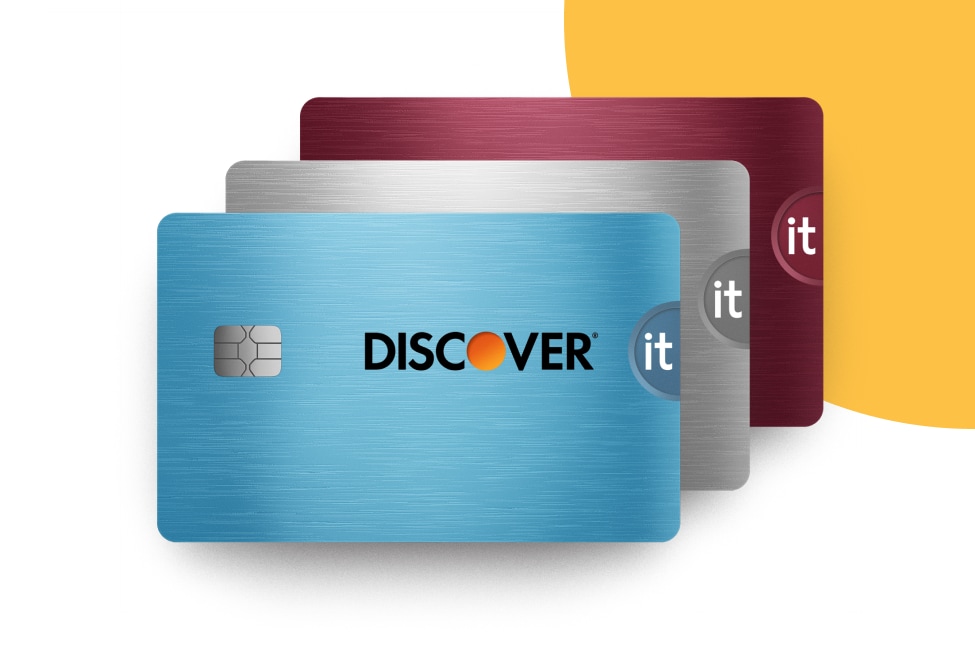
What’s the difference between a balance transfer and a debt consolidation loan?
If you’re trying to pay down debt, you may have heard of both. The difference isn’t always clear. But choosing the right one may help you get out of debt faster, pay less interest, and reduce financial stress.
Which is better? How do you choose the right option?
We’ll go through the basics of debt consolidation and balance transfers so you can make the right choice.







